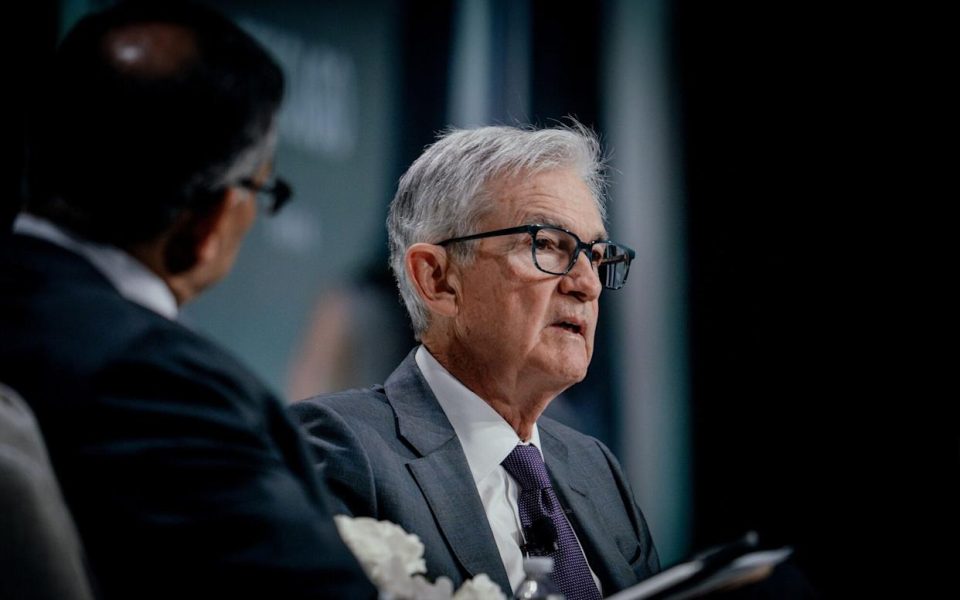President Donald Trump has stepped back from his recent threats to remove Federal Reserve Chair Jerome Powell, signaling a notable shift in tone that has energized U.S. financial markets. Speaking to reporters in the Oval Office on Tuesday, Trump stated, “I have no intention of firing him,” a reversal from his harsh criticisms just days earlier when he labeled Powell a “major loser” and suggested his termination “cannot come fast enough”.
The announcement sparked an immediate rally across major U.S. stock indices. The S&P 500 opened up 2.5%, the Dow Jones Industrial Average (DJIA) climbed more than 2%, and the Nasdaq surged over 3% at market open today. This bounce back came after a brief market sell-off earlier in the week, triggered by Trump’s sharp critiques of Powell and concerns over trade tensions.
Evercore ISI Vice Chairman Krishna Guha commented that Trump’s decision to hold off on firing Powell is a “clear positive” for markets, significantly reducing risks of severe economic disruptions such as stagflation or a debt crisis stemming from tariff conflicts, though some risks remain.
Trump’s frustrations with Powell date back to his appointment of Powell as Fed Chair in 2017. Despite elevating Powell from a Federal Reserve Board member, Trump has repeatedly criticized the Fed’s interest rate policies, particularly opposing rate hikes aimed at controlling inflation. Powell has maintained a cautious approach to rate cuts, emphasizing the importance of measured monetary policy rather than swift moves to lower rates.
The question of whether Trump can legally remove Powell remains unclear. Powell has stated that the Federal Reserve Act of 1913 does not allow for his dismissal by the president, though Trump has asserted that if he wanted to remove Powell, it would happen “real fast”.
Alongside his comments on Powell, Trump expressed optimism about a potential trade agreement with China. He suggested that tariffs could be “substantially” reduced, though not completely eliminated, indicating a softer stance on trade tensions that have unsettled markets for months. Treasury Secretary Scott Bessent also hinted at a possible “de-escalation” in the trade conflict during a JPMorgan Chase investor meeting, adding to the positive sentiment.
This combination of easing political risks, both on monetary policy and trade fronts, helped reverse losses from the previous session. On Tuesday, the Dow surged by over 1,000 points (2.66%), the S&P 500 rose 2.51%, and the Nasdaq gained 2.71%, recovering much of the ground lost amid recent uncertainty.
Despite the rally, some analysts caution that the market may not have fully priced in the ongoing impact of tariffs and the Fed’s policy path. UBS strategists note that equity valuations could still decline further depending on how tariff scenarios unfold, with potential lows expected around the third quarter of 2025.
Still, the immediate relief from Trump’s softened rhetoric on Powell and trade has provided a boost to investor confidence, stabilizing markets that had been rattled by fears of political interference in Federal Reserve independence and escalating trade disputes.
President Trump’s decision not to pursue the removal of Federal Reserve Chair Jerome Powell has calmed markets, contributing to a sharp rally in U.S. stocks. Coupled with signs of easing trade tensions with China, this development is positioning the market for a more stable near-term outlook, although challenges remain ahead.

